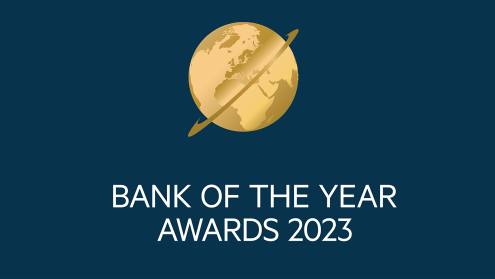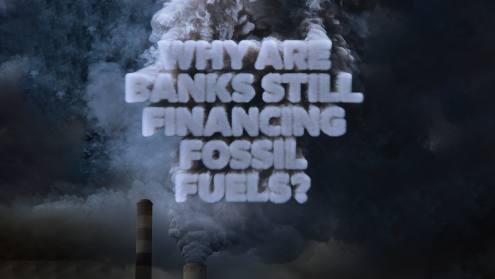Markets were still digesting the fallout from the failure of Silicon Valley Bank — the second-biggest bank failure in US history, and the largest collapse since the 2008 financial crisis, which was quickly followed by the collapse of New York’s Signature Bank — when suddenly what seemed like just a problem with a handful of US mid-sized banks, spilled over into Europe’s safe and seemingly robust banking system.
On Wednesday, five days after regulators and the Federal Deposit Insurance Corporation shuttered Santa Clara-based Silicon Valley Bank (SVB) and later New York’s Signature Bank, Switzerland’s Credit Suisse was in trouble with its shares plummeting by 30%. The Swiss central bank had to provide the troubled investment bank with a $54bn lifeline to shore up liquidity after a Saudi investor said they would not provide the bank with any more funding.








